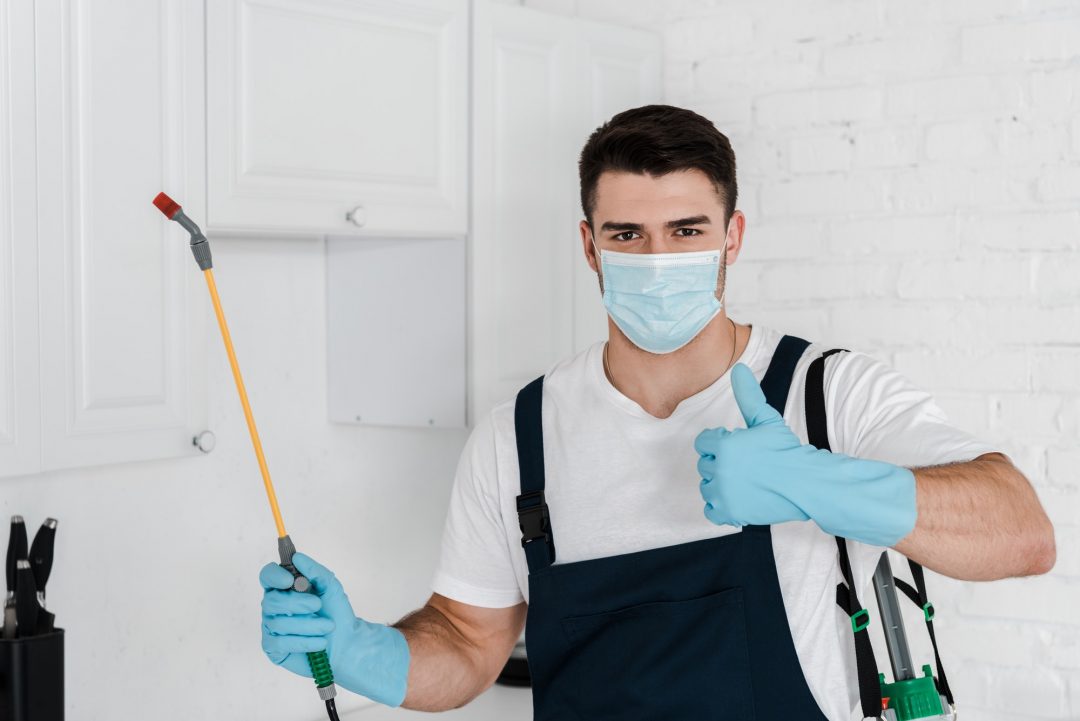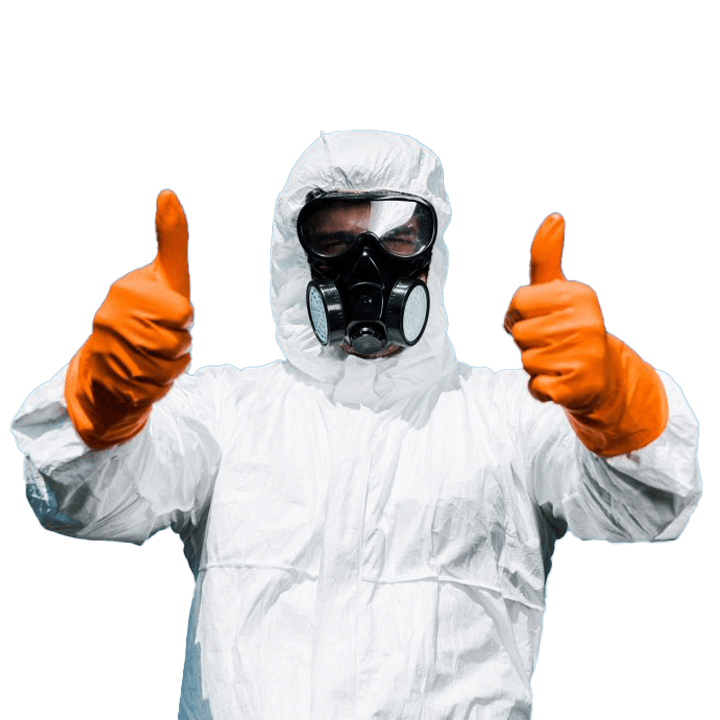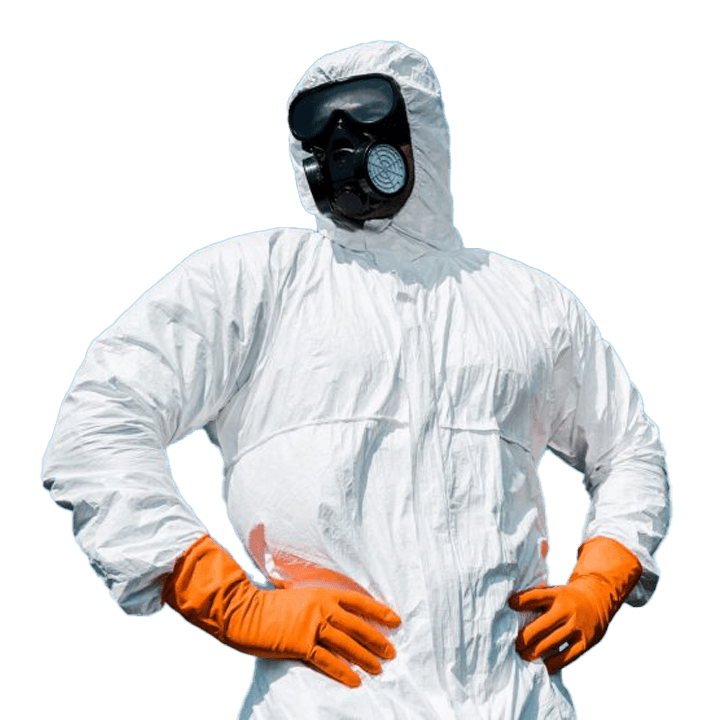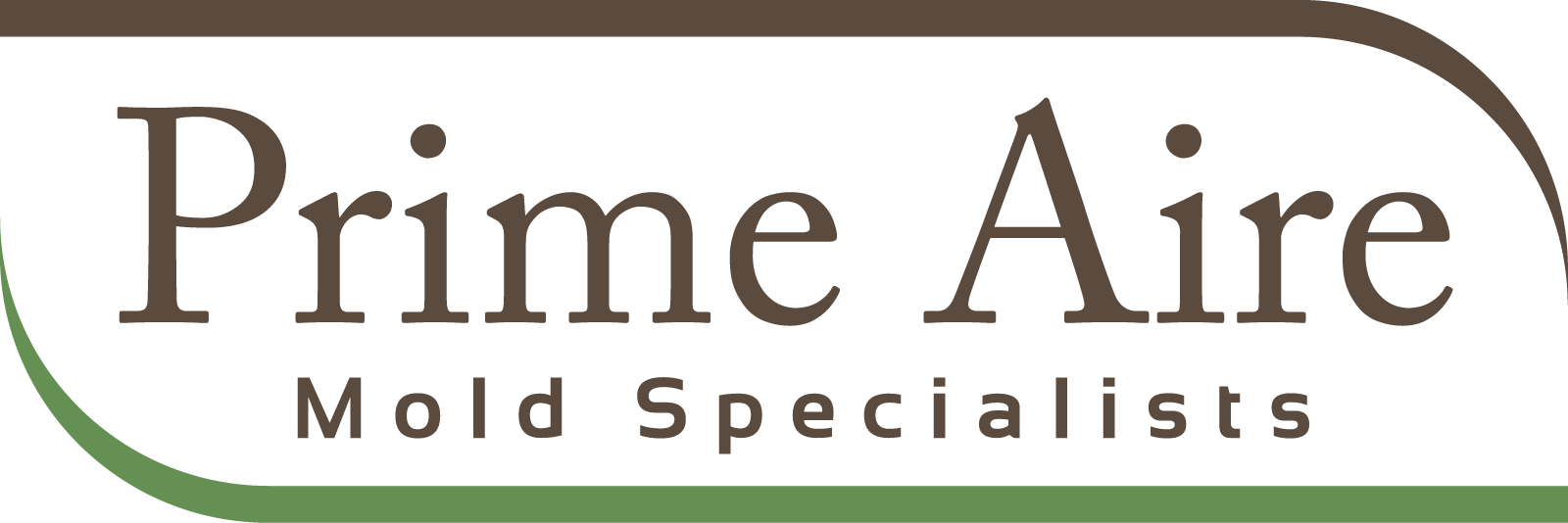- Why Test For Mold In NYC | PrimeAire Mold Services
Why Test For Mold?
For more specific information regarding your personal mold testing questions and concerns, call PrimeAire to speak to a LIVE certified technician
Why Test For Mold in NYC?
Mold testing shows the type and quantity of mold present. The primary reason to test for mold is because under certain conditions, indoor mold has the potential to damage property and cause health problems in humans and animals. Not all molds spores are harmful – they fall into the following categories: Allergenic, Hyper- Allergenic and Toxic.
Some have called it “The Silent Killer”. That may be on the extreme side, but with all the information available about mold and its potential for harm, there are plenty of valid reasons to perform mold testing. For example, we now know that some molds produce toxins which may be linked to severe cases of asthma, respiratory problems which include bleeding lungs, and several other serious ailments including immune system disorders. Medical and legal communities are now taking mold contamination very seriously. With so much overwhelming evidence to support the dangers of exposure to mold, mold testing is the first step in properly assessing whether an abnormal or elevated mold condition exists.
Some may tell you that mold is no big deal and mold testing is not necessary. It is interesting to note that those who make such irresponsible statements also disclaim everything they say by warning you to wear a respirator and rubber gloves when cleaning mold. Why? If mold is “no big deal”, why bother protecting your lungs and skin from it? The answer is because mold can be a very big deal and the only way to really know for sure is by proper testing for mold.
Whenever you hear statements that seem extremely biased to one side of the mold testing issue or the other, be cautious. Our advice is to make sure the person testing for mold has no personal interest in how your mold tests come out. The truth is, under certain conditions, mold does have the potential to cause very costly damage to property and poses a serious health threat to humans and animals. However, not all mold problems are catastrophic by default. Again, the best way to get an accurate and unbiased assessment of your mold condition is to have proper mold testing done by an independent and certified third party mold inspector. The difference between a minor mold problem and a major problem is: (a)how long before you discover it; and (b)how long you wait to do something about it.
- Mold Testing & Inspection of Surfaces - Air
- Leak Detection and Moisture Testing
- Infrared Inspection & Survey / Infrared Thermal Imaging Assessment
- Mold Assessment, Mold Mitigation and Consulting
- Removal and Remediation
- Water Damage Assessment and Mitigation
- Laboratory Analysis of Mold Samples Taken
- Complete Review of Findings and Laboratory Results
- Recommendations for Mold Removal / Remediation ( If necessary )
Call PrimeAire Mold Services to speak to a Live Certified Mold Professional today.
Mold often grows behind walls and inside ceiling and floor cavities long before it is ever detected. By the time you start smelling an unpleasant odor, rest assured mold has been growing somewhere for some time and every day is growing more. If you suspect you have mold growing indoors, the time to act is sooner rather than later.

Testimonial
Here’s what our customers say
Giving the fresh air back to the household



PrimeAire Mold Services
Why Test For Mold?
When Is A Good Time To Test For Mold?
• Whenever you smell a musty or moldy odor
• After any flooding or water damage event
• Whenever you find a leak that has been present for more than 24 hours
•Whenever you smell a moldy odor
•Unusual stains appear on furniture or building material
• You suspect mold but do not see any visible mold growth
•Residents of your home or personnel experience a long-term medical condition without a known
cause
Reasons To Test:
- Create a baseline for future testing. This allows a mold professional to track and evaluate the progress of mold abatement activities. If current levels are unknown, it is difficult to establish that progress has been made.
- Establish the presence of mold and the justification for remediation. Many remediation and insurance companies will not authorize or undertake mold remediation if the presence of mold growth is not scientifically demonstrated.
- Set the parameters for remediation. Many remediation companies will not initiate an abatement project without the input of a testing company to define the boundaries of the affected area needing remediation.
- Identify the types of mold present (i.e., “natural” or “toxic”). In many cases, residents are interested in the types of mold present and the possible relation to medical symptoms they may be experiencing. Certain mold species may cause serious illness in the elderly, infants and people who have weak immune systems due to chemotherapy or AIDS. Testing can assure the indoor environment is free of mold species that may cause infection in vulnerable people.
- Establish the levels present. Although mold is mold, and its presence calls for remediation, it is useful to know if the ambient airborne levels are in a range of thousands, or hundreds of thousands. For example, this may affect decisions regarding the timeliness of remediation, and the continued occupancy of the premises.
- Find “hidden mold”. Mold growth may often not be visible in a house, but known water intrusion or a moldy odor provides cause for concern. Testing will identify if there is a mold problem, even when there is no visible mold growth.
- To “clear” a remediation; that is, to show that all mold is gone after remediation. Often, mold remediation will miss a mold-contaminated area. Testing of the air in the contained work area will assure that the levels inside the work area are reduced to ambient levels. This also provides documentation for future real estate transfers that the mold was properly and effectively removed.
- To confirm the “lack of mold”, as in a home purchase. Sometimes a homebuyer will have concerns about mold when purchasing a new home. This may be as a result of a bad experience with mold in their previous residence. Mold testing can provide the peace of mind that there are no problems with elevated airborne mold in the new residence.
- Confirm that a flood has not yet created mold growth. Floods in homes and offices can occur due to breaks in plumbing lines, or failure of plumbing fixtures. After drying, it is useful to test for mold to assure occupants that mold has not grown as a result of the flooding.
- Support a legal case. A lawyer or plaintiff usually needs to have objective evidence of the presence or absence of mold and mold exposure to support a legal action. Testing can show scientifically whether mold was or was not present.
If you suspect you have a mold problem, whether mold is visible or not, one call to PrimeAire Mold Services is all it takes to be sure. Our only interest is in providing our clients with accurate reporting of the data we collect during the course of a comprehensive mold inspection process. We provide reliable results of mold tests and samples.
Small Home
Lacus erat diam ornare-
Nullam hac eleifend
-
Nunc augue donec
-
Elit duis et
-
Quisque odio per
-
Condimentum lorem mus
Small Business
Lacus erat diam ornare-
Nullam hac eleifend
-
Nunc augue donec
-
Elit duis et
-
Quisque odio per
-
Condimentum lorem mus
Enterprise
Lacus erat diam ornare-
Nullam hac eleifend
-
Nunc augue donec
-
Elit duis et
-
Quisque odio per
-
Condimentum lorem mus
Why Choose Us
Mold Inspection Testing & Equipment
- Air and moisture tests
- Swab sample
- Surface sampling
- Dust sampling
- Tape lift sampling
- Inner wall checks
- Laser particle counters
- Hyrometers
- Optic borescopes
- Leak detection
- Thermal imaging(infrared)
Primary Objectives of Mold Sampling
- Confirm or rule out the probability that mold is originating from a suspect condition indoors
- Assess the potential for property damage caused by mold without invasive procedures
- Assess the potential negative impact of mold on indoor air quality
Goals of Our Mold Investigation
- Determine if there is a mold or toxic mold infestation problem
- Determine the cause of the mold or toxic mold infestation problem
- Determine the extent of the mold or toxic mold infestation problem
Types of Mold Testing Include
- Air Testing using Air Cassettes
- Wall Check Cassettes
- Carpet Check Cassettes
- Bulk, Swab & Wipe Samples
- Tape Lift Samples
- Clearance Testing
Mold Testing Involves Collecting Samples
- Identify the type of mold present
- Quantify the level of mold present
3 Most Common Types of Samples Used in a Mold Inspection
- Surface samples (testing mold growth on surfaces)
- Air samples (testing airborne mold spores)
- Dust samples (mold DNA analysis)
Why Test For Mold in NYC | PrimeAire Mold Services
We use safe and environmentally friendly measures.
Our Mold Inspection Reports are our pride, digital, organized, easy to read and very well documented providing pertinent Mold Removal guidelines.
The following are some of the potential property conditions which warrant a professional mold inspection:

Frequent Condensation on Window
Consequences: Moisture seeps past window frame and into wall cavity causing water damage and mold growth inside wall.
Surface Mold On Window Sill
Consequences: Moisture seeps past window frame and into wall cavity causing water damage and mold growth inside wall.
Surface Mold Inside Window
Consequences: Moisture seeps past window frame and into wall cavity causing water damage and mold growth inside wall.
Bathtub/Shower Mold
Consequences: Mold comes back with a few days after cleaning, severe water damage, degradation of construction materials, and mold growth inside wall cavities.
Mold, Dry Rot, Water Damage on Eaves
Consequences: Severe water damage, degradation of construction materials, and water damage and mold growth spreading under shingles, onto sub-roof materials.
Roof Leak
Consequences: Water damage and mold growth spreading under shingles, eventual on attic and interior construction materials.
Over-Exposure to Water on Stucco
Consequences: Water damage and mold growth on stucco and inner-wall materials and interior walls of the structure.
Common Questions
Frequently Asked Questions
For detailed information or to request a quote, Call PrimeAire Mold Services at 1-877-307-5166 to speak to a Live Certified Mold Professional today.
Mold is a simple organism found everywhere, indoors and outdoors. Mold spores are microscopic (tiny and lightweight) and travel through the air we breathe. Airborne mold spores in large numbers are a known allergen that can cause allergic reactions, asthma episodes, infections, and other respiratory problems for people, especially children and elderly individuals.
Molds can be a major source of building sickness but not the only potential cause. Other issues can cause building sickness.
People living in or working in dwellings with building sickness have symptoms similar to a mild case of influenza (the flu) with the signs and symptoms disappearing within a few hours of leaving the building. Headaches, fatigue, and respiratory problems can also be experienced by people exposed to sick buildings.
Mold will grow in an environment that is warm, moist and unventilated. Once airborne, mold spores can be spread throughout your structure via the air duct system.
Mold can grow within areas of the house / building that you do not see. Wherever there is exposure to water and a mold "food source" such as cellulose (a component of wallboard), mold can grow. Areas such as the interiors of walls, showers and bathrooms, crawl spaces, attics, drywall tape, cracked plasterboard and dampened carpets are a few discovery areas for mold exposure.
New building methods make buildings better insulated and thus more likely to retain molds within the structure. Buildings are more airtight and any unventilated moisture that gets inside stays trapped inside, allowing mold to grow and spread rapidly.
Molds will grow any time the environment is favorable. Molds can be introduced into the house / structure when the building is under construction or after completion through events such as water damage from leaky pipes, roof leaks, sink, tub, or toilet overflows, cracks in the sealant around tubs /showers and use of inadequate materials during construction. There are documented cases demonstrating the damage caused by contractors allowing building materials to become wet during construction.
See examples of recent mold damage coverage: Forbes magazine: "The Fungus That Ate Sacramento;" CBS News: "Black Mold - Creeping Destruction;" CBS News/ 48 Hours: "Brockovich Takes on a New Foe: Mold;" CBS News/48 Hours: "An Insidious Mold."
In the past, insurance companies have covered mold repairs, but this is changing. Due to litigation and expensive repairs that can be incurred, insurance companies are now starting to consider mold issues a "maintenance issue" even if it costs thousands of dollars to repair/replace walls, etc. Please consult your insurance policy to see if you are covered.
It is possible to clean up visible (surface) mold with a solution of water and bleach, but precautions should be taken. For specific instructions, please refer to FEMA at http://www.fema.gov/diz00/d1345n06.shtm. Mold that is not visible however may require professional remediation.
By eliminating all of the mold that you can see, you may help your situation. However, this may not be the final solution since contamination may be originating from sources such as carpets, the inside of walls, air ducts, crawl spaces and sources outside of your home or building.
